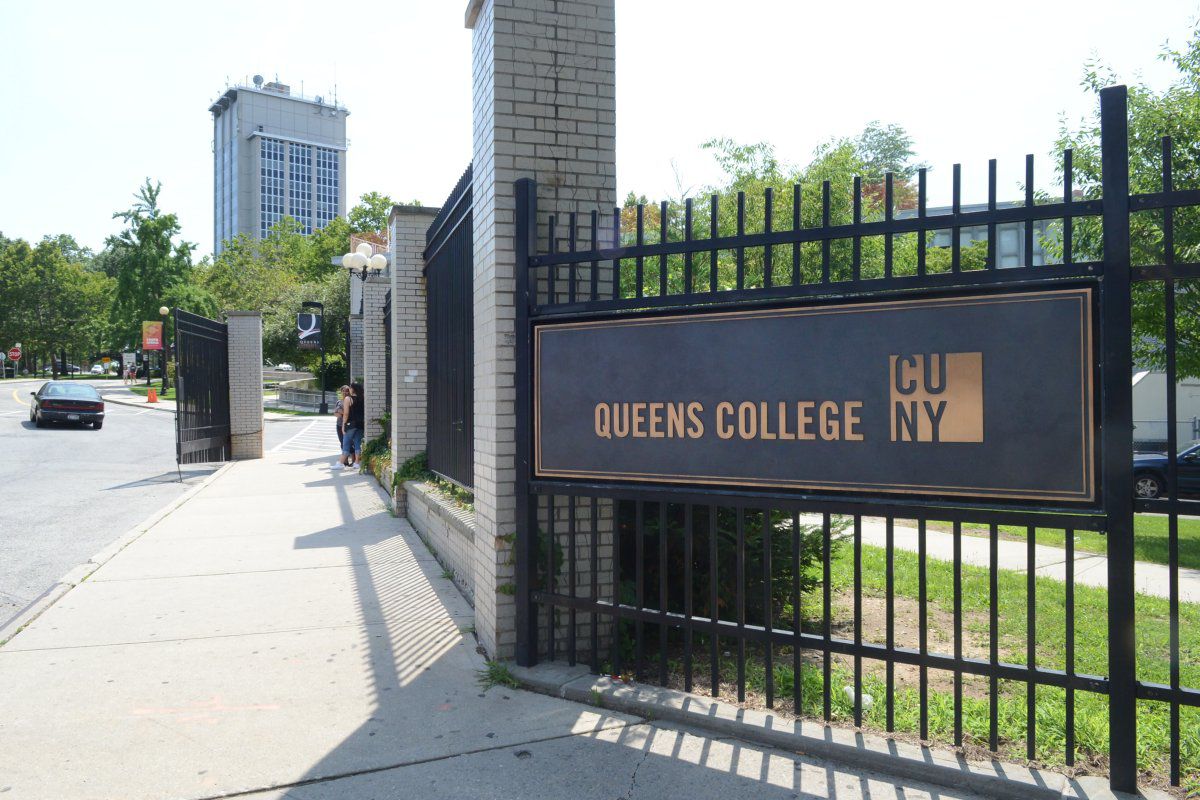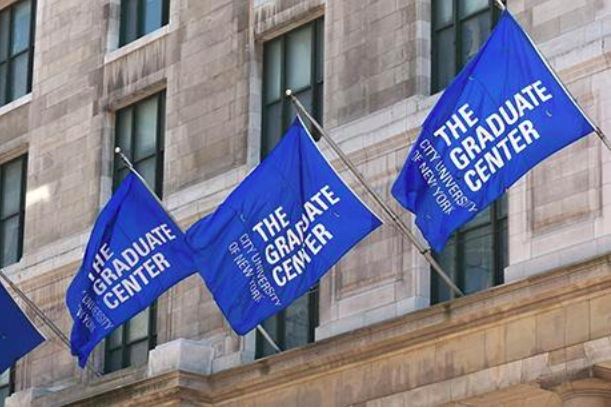Named a top ten public regional university in the northern area, Queens College also rose 18 points and ranked 42nd in a list of best regional universities-north in the 2013 edition of U.S. News and World Report: Best Colleges, released on Nov. 2.
The ranking is a guideline for students and parents looking for the right college. School rankings are decided using the Carnegie Foundation for the Advancement of Teaching’s Basic Classification — the Carnegie classification.
The ranking system is divided into two pillars: what education experts propose reliable indicators of academic quality are and their own researched view of what matters in education.
To qualify for the regional university ranking, a college must offer a broad variety of undergraduate degrees and some master’s degree programs, but have few — if any — doctorate programs. Regional colleges focus primarily on undergraduate education.
Data is gathered from each college on up to 16 indicators of academic excellence. Then, each college is ranked against each other in its designated geographic category: North, South, Midwest and West.
U.S. News & World Report ranks nearly 1,400 schools nationwide. From that total, 625 universities ranked against QC in the top regional universities category. QC ranked 42nd, right behind the College of St. Rose, with Kings College following.
Average freshman retention rate, graduation rate, class sizes, student to faculty ratio and academic performance, are some of the factors that determined QC’s ranking.
From the collected data on the 16 indicators of academic excellence, QC was given a score of 48 on the regional ranking.
Public colleges and universities are operated under the supervision of state governments, such as CUNY or SUNY and are funded, in part, by tax dollars and subsidies from the state.
QC was ranked ninth in the top public regional universities—North. Hunter College claimed the eighth spot and Towson University held the 10th.
Offering more than 60 master’s degrees and certificate programs, its top five major enrollments include: accounting, psychology, economics, sociology and English literature. With an admission rate of 30.7 percent and a four year graduation rate of 26 percent, the college currently has 20,993 graduate and undergraduate students and a student-faculty ratio of 16 to 1.













